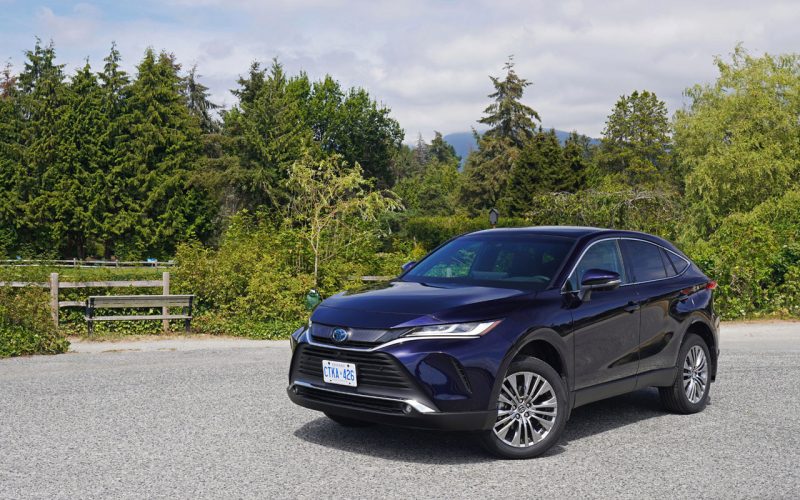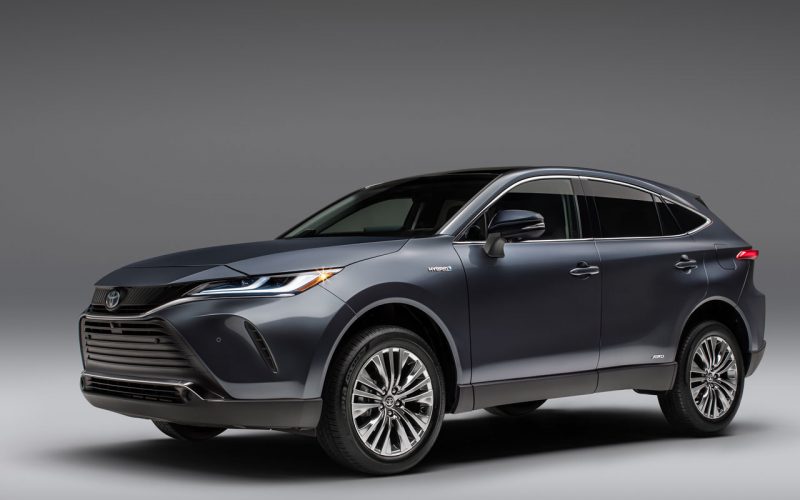
Reading Time: 13 minutesIt’s been about a year since I got back behind the wheel of Toyota’s completely rethought

Reading Time: 9 minutesRemember the Venza? Toyota was fairly early to the mid-size crossover utility party with its 2009–2015
© 2025 The Car Magazine. All Rights Reserved, Privacy Policy | Terms of Use